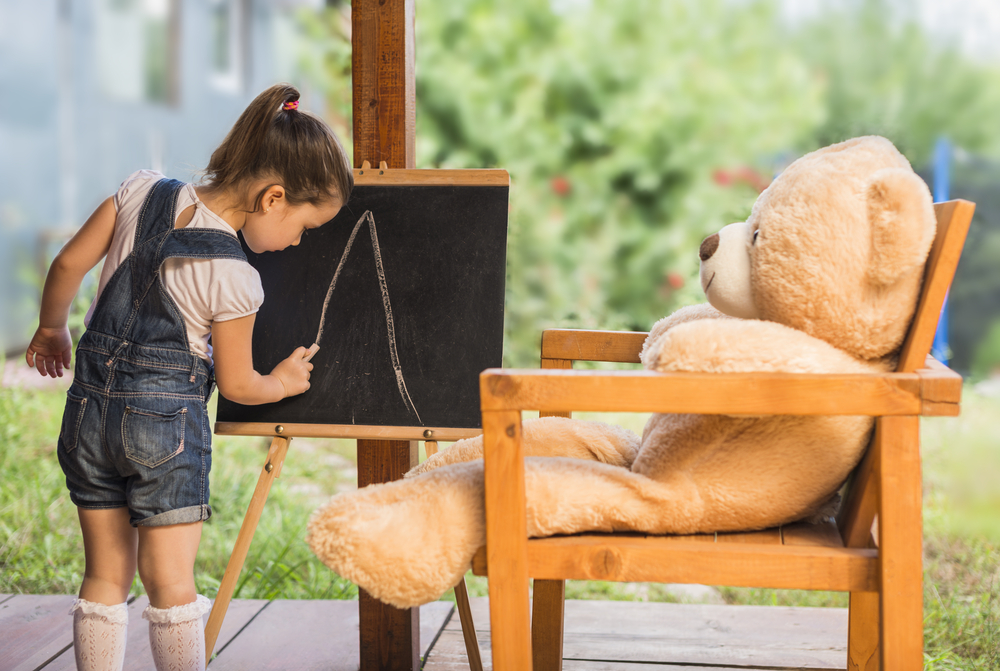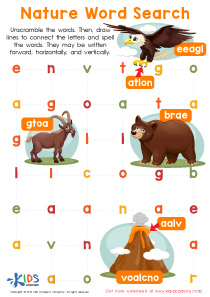Understanding patterns Sight Words Worksheets for 3-Year-Olds
3 filtered results
-
From - To
Discover our "Understanding Patterns Sight Words Worksheets for 3-Year-Olds," designed to foster early literacy skills in young learners. These engaging worksheets introduce children to essential sight words through fun, pattern-based activities that enhance their recognition and vocabulary. By connecting sight words with visual patterns, your child will develop critical reading skills while enjoying an interactive and stimulating experience. Perfect for at-home learning or classroom use, our worksheets encourage creativity, cognitive growth, and confidence in reading. Explore our resources today to support your child's journey in mastering sight words and understanding patterns, setting a solid foundation for their literacy development!
Understanding patterns and sight words for 3-year-olds is crucial for fostering early literacy skills, which lay the foundation for future academic success. At this stage, children are developing critical cognitive abilities, including their capacity to recognize patterns, which is essential for reading and writing. When children engage with patterns—whether through simple rhymes, sequencing activities, or recognizing repeated words—they enhance their cognitive skills and improve their memory and attention.
Sight words are commonly used words that children are encouraged to recognize instantly without needing to sound them out. Early exposure to sight words builds confidence and fluency in reading. When children can easily recognize these words, they begin to approach reading as an enjoyable and rewarding activity rather than a challenge.
Parents and teachers can play a significant role in this learning process. Incorporating games, songs, and playful activities that highlight patterns and sight words not only makes learning fun but also strengthens the child’s critical thinking skills. By nurturing these skills at an early age, adults empower children to become proficient readers, setting the stage for lifelong learning and curiosity. Engaging with patterns and sight words thus benefits children's overall development and readiness for academic challenges ahead.

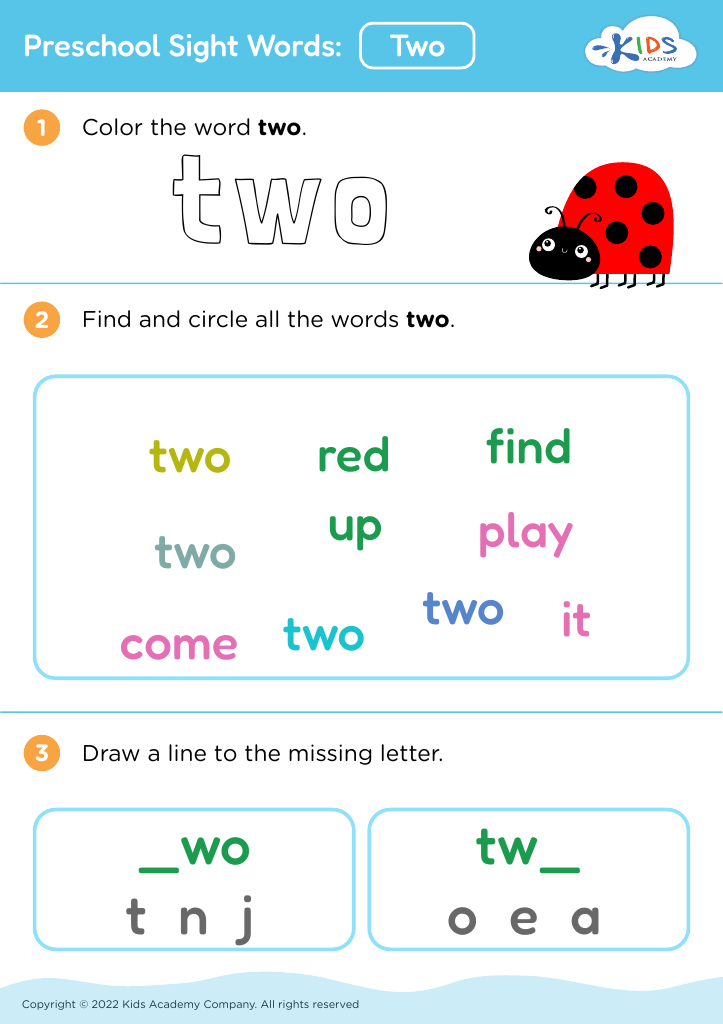
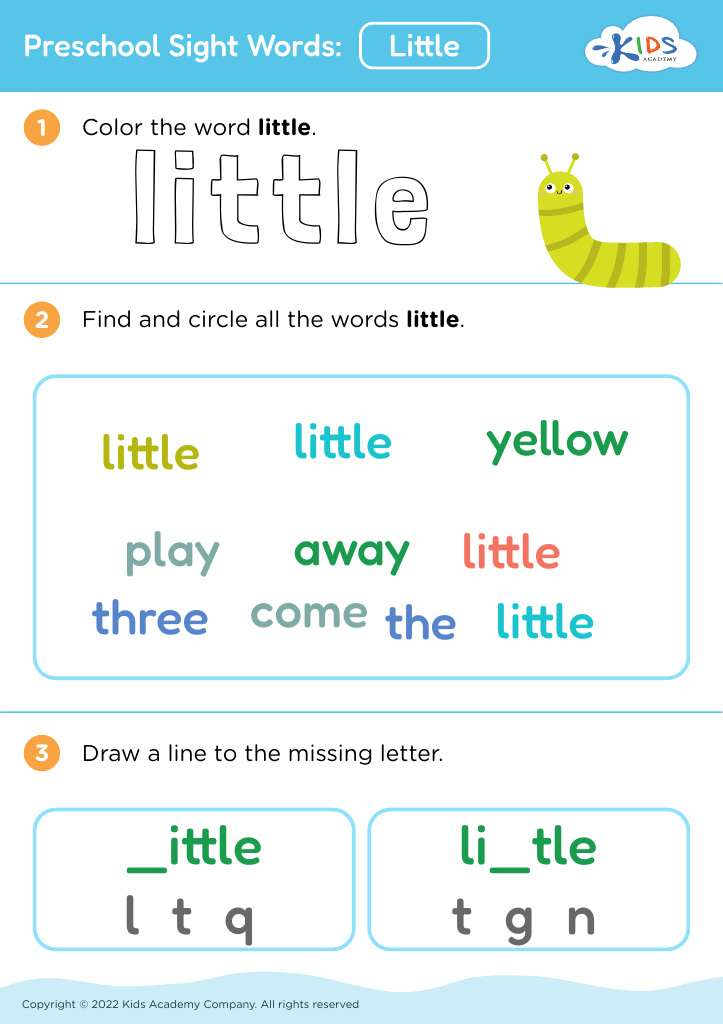
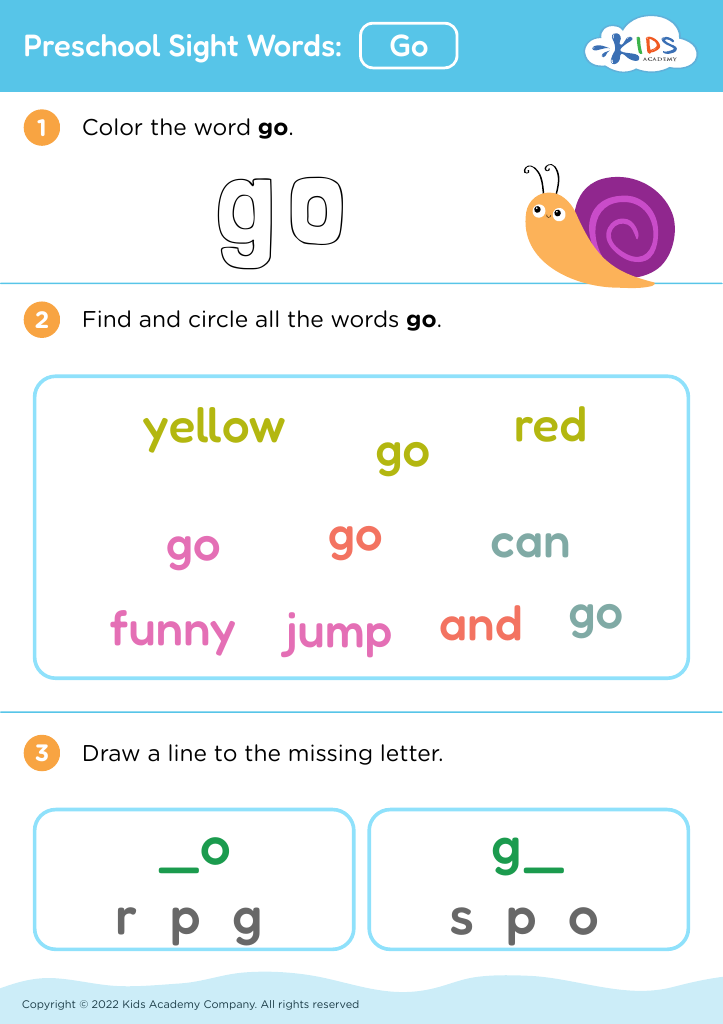





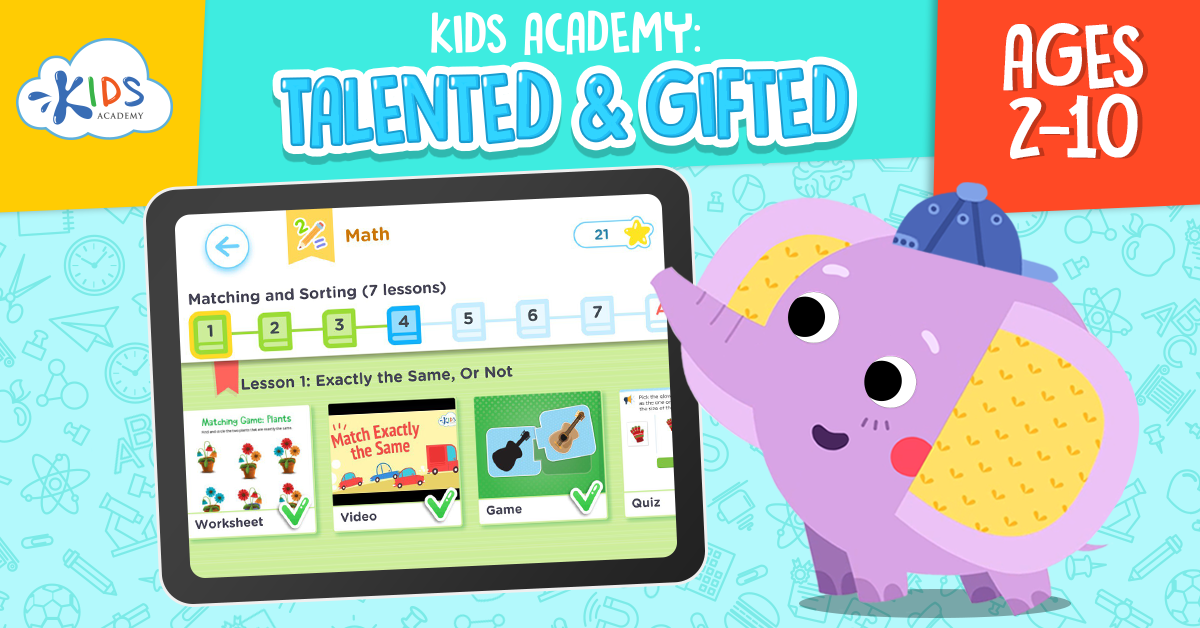
.jpg)
